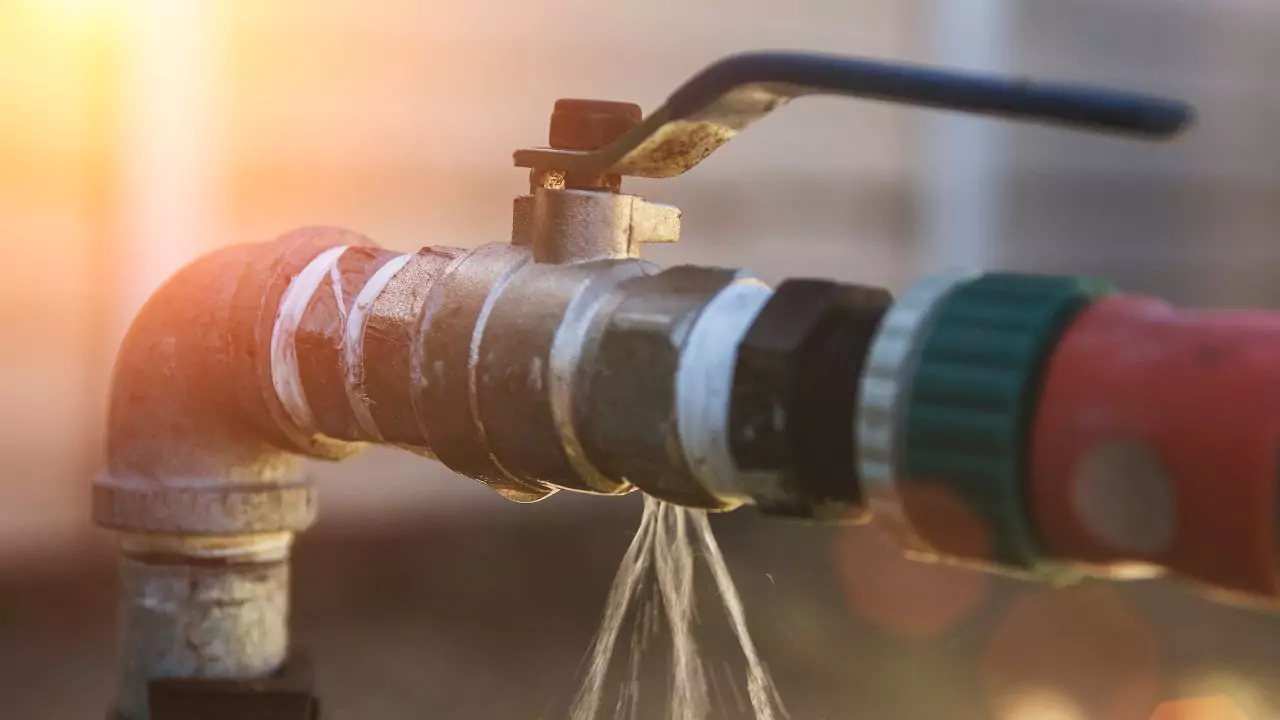Yes, house insurance typically covers water leaks caused by sudden and accidental events. However, there are some exclusions to this coverage.
Understanding Homeowners Insurance Coverage for Water Damage
Homeowners’ insurance policies generally provide coverage for water damage caused by sudden and accidental events. This includes damage from:
- Leaking pipes
- Frozen pipes
- Broken appliances
- Overflowing appliances
- Hail or wind damage that allows water to enter the home
Types of Water Damage Covered
Homeowners insurance typically covers the following types of water damage:
- Damage to the structure of the home, such as walls, ceilings, and floors
- Damage to personal belongings, such as furniture, clothing, and electronics
- The cost of temporary housing if the home is uninhabitable due to water damage
Types of Water Damage Not Covered
Homeowners insurance typically does not cover the following types of water damage:
- Damage caused by floods
- Damage caused by groundwater seepage
- Damage caused by negligence or lack of maintenance
Common Sources of Water Damage
There are many common sources of water damage in homes. Some of the most common include:
- Leaking plumbing: This is the most common source of water damage in homes. Leaking pipes can cause damage to walls, ceilings, floors, and personal belongings.
- Rain: Rain can enter homes through damaged roofs, windows, or doors. It can also cause damage if gutters and downspouts are not properly maintained.
- Sewer or drain backup: Sewer or drain backups can cause water to back up into homes through sinks, tubs, toilets, or showers. This can cause extensive damage to the home and can also pose a health hazard.
- Floods: Floods are caused by an overflow of water from a body of water, such as a river, lake, or ocean. Floods can cause extensive damage to homes and personal belongings.
Tips for Preventing Water Damage
There are many things you can do to prevent water damage in your home. Some of the most important tips include:
- Regular maintenance: Regularly inspect your plumbing for leaks and make sure that gutters and downspouts are properly maintained.
- Properly maintaining appliances: Make sure that appliances are properly installed and maintained. This includes clearing drains of debris and regularly checking for leaks.
- Inspecting for leaks: Inspect your home regularly for leaks. This includes checking under sinks, around toilets, and behind appliances.
- Protecting against rain and floods: Make sure that your roof is in good condition and that gutters and downspouts are properly maintained. You may also want to consider installing flood insurance if you live in a flood-prone area.
Filing a Water Damage Claim
If you have water damage in your house, notify your homeowner’s insurance company immediately. You can begin repairs sooner if you make a claim.
Here are the steps on how to file a water damage claim:
- Contact your insurance company and report the damage.
- Take pictures of the damage.
- Provide your insurance company with a list of damaged property.
- Cooperate with your insurance company’s adjuster.
In most cases, your insurance company will send an adjuster to your home to inspect the damage and assess the cost of repairs. Your insurance company will then provide you with a check for the cost of repairs.
It is important to remember that every homeowner’s insurance policy is different. Therefore, it is important to review your policy carefully to understand what is covered and what is not. If you have any questions about your policy, you should contact your insurance company.





